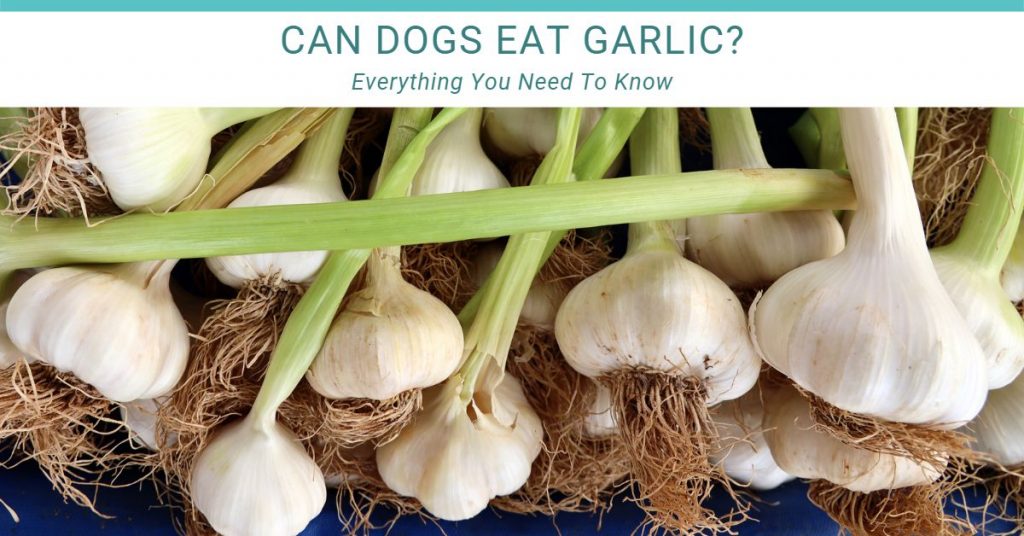Kale for Dogs: Health Boost or Hazard?
Is your dog eyeing your delicious kale salad? Well, you might be surprised to learn that dogs can eat kale too! Kale, the superstar leafy green, is not only a favorite among health-conscious humans but can also offer some paw-some benefits to our beloved dogs. So, let’s dig into the leafy details and find out if kale is a safe and tasty treat for your doggy!
We all know that kale is a bona fide superfood, packed with essential vitamins and minerals. And guess what? Our dogs can reap the rewards too! But before you start tossing kale into your pup’s bowl, there are a few exceptions to keep in mind. Let’s leaf through them together.
As a proud member of the Brassica Genus, alongside broccoli, collard greens, and other veggie relatives, kale brings its own unique crunchiness to the table. However, convincing your dog to give it a try might require some serious negotiation skills. Some dogs will happily munch on kale, while others might turn up their noses at this leafy delight. If your pup falls into the picky eater category, fear not! You can try sneaking small amounts of kale into their regular meals to see if they develop a taste for it.
So, the verdict is in: dogs can eat kale. But remember, every dog is different, and it’s essential to monitor their reaction to this leafy green. As with any new addition to their diet, it’s wise to introduce kale gradually and keep an eye out for any adverse reactions.
There you have it! Kale might just become your dog’s new favorite veggie (or maybe not). Either way, it’s an exciting journey to embark on as you explore the world of canine culinary adventures. Now, go on and share some kale love with your furry friend, and who knows, they might even start begging for seconds at dinnertime!
Warning about dogs and Kale
Before you eagerly serve up a bowl of kale for your pup, it’s important to be aware of a cautionary leaf on the subject. While kale can be a healthy addition to most dogs’ diets, there are a few exceptions, particularly for certain breeds. So, let’s take a moment to understand why some dogs should steer clear of kale.
As it turns out, kale contains compounds called oxalates, which, in large quantities, can potentially lead to kidney or bladder issues in susceptible individuals. Breeds that are prone to developing calcium oxalate stones, such as Dalmatians or Bulldogs, should approach kale consumption with caution.
If your furry friend falls into one of these high-risk breeds or has a history of urinary tract problems, it’s best to consult with your veterinarian before adding kale to their menu. Your vet can provide personalized advice and recommend alternative nutritious options that will keep your pup’s health in check.
Health Benefits Of Kale For Dogs
Kale is a nutrient-rich source of plant-based vitamins and minerals that are great for your dog. The vitamins found in his healthy vegetable support the immune system, the digestive tract, and other vital systems of your dog’s body. It is packed with vitamins A, C, E, and K along with an assortment of minerals.
Vitamins and Minerals Per 100 grams of Kale
| Vitamin or Mineral | Amount per 100 Grams of Kale |
|---|---|
| Potassium | 170 mg |
| Phosphorus | 49 mg |
| Calcium | 177 mg |
The calcium-to-phosphorous ratio is slightly higher than the recommended 2:1 ratio. This vegetable should be given in moderation or it could cause a hormonal imbalance in the dog.
Another added benefit of kale for dogs is its high amount of dietary fiber. This can help regulate a dog’s digestive tract. It is important to remember to only give them kale in moderation and not exceed 10% of their daily diet as vegetables.

How Much Kale Can You Give a Dog?
How much you can give to a dog really depends on a few things. The breed of the dog, the age, and the weight. For the most part, it does come down to the ratio of only giving 10% or fewer vegetables to your dog per day.
If you exceed this number, you can throw the whole diet out of whack. Look below for breed-specific precautions. Age correlates with weight. Puppies can only tolerate a much smaller amount of vegetables per day than older dogs that weigh more.
In order to determine the right amount for your dog, start with the 10% guideline, and figure out what that would be based on how much you feed your dog. Once you have that number, take a small fraction of that. So let’s say you can provide your dog 100 grams(about 1 cup chopped) based on 10% of their daily intake. Introduce it to your dog at about 25% of the max per day to access its tolerance.
Some raw veggies can cause gas and other GI issues. If the dog does not have any issues, you can slowly work towards the full amount. It is also best to alternate vegetables in their diet to balance out the vitamins and minerals.
Which Breeds Of Dogs Should Not Eat Kale And Why?
A laboratory at the University of Minnesota recently discovered a genetic mutation in certain dog breeds that are more susceptible to Calcium Oxalate stones. This risk was first identified in English Bulldogs but it also applies to all related breeds such as American Staffordshire Terrier, Boston Terrier, Bullmastiff, Havanese, and Rottweiler. If you are concerned your dog might have the gene mutation, they have testing available at the University of Minnesota link above. Kale becomes an issue with these breeds because this vegetable is high in Calcium Oxalates.

FAQ: Can Dogs Eat Kale?
Can dogs eat kale raw?
Can Dogs Eat Kale Cooked?
Can Dogs Eat Kale Stems?
How To Prepare Kale For Dogs
What happens if my dog eats kale?
How much kale is safe for dogs?
Summary: Can Dogs Eat Kale
- Dogs can eat Kale, it is nontoxic but may cause issues for some breeds.
- Kale should be served to dogs either raw, steamed, or blanched.
- Do not serve any kale with flavor enhancers or anything from the allium genus to your dog.
- Do not exceed 10% of your dog’s daily intake of kale in any form.
- English bulldogs and related breeds may be predisposed to kidney and bladder stones, Eating kale can increase the risk.
Please leave a comment if you feed your dog kale. What is your preferred method to give your dog kale?



